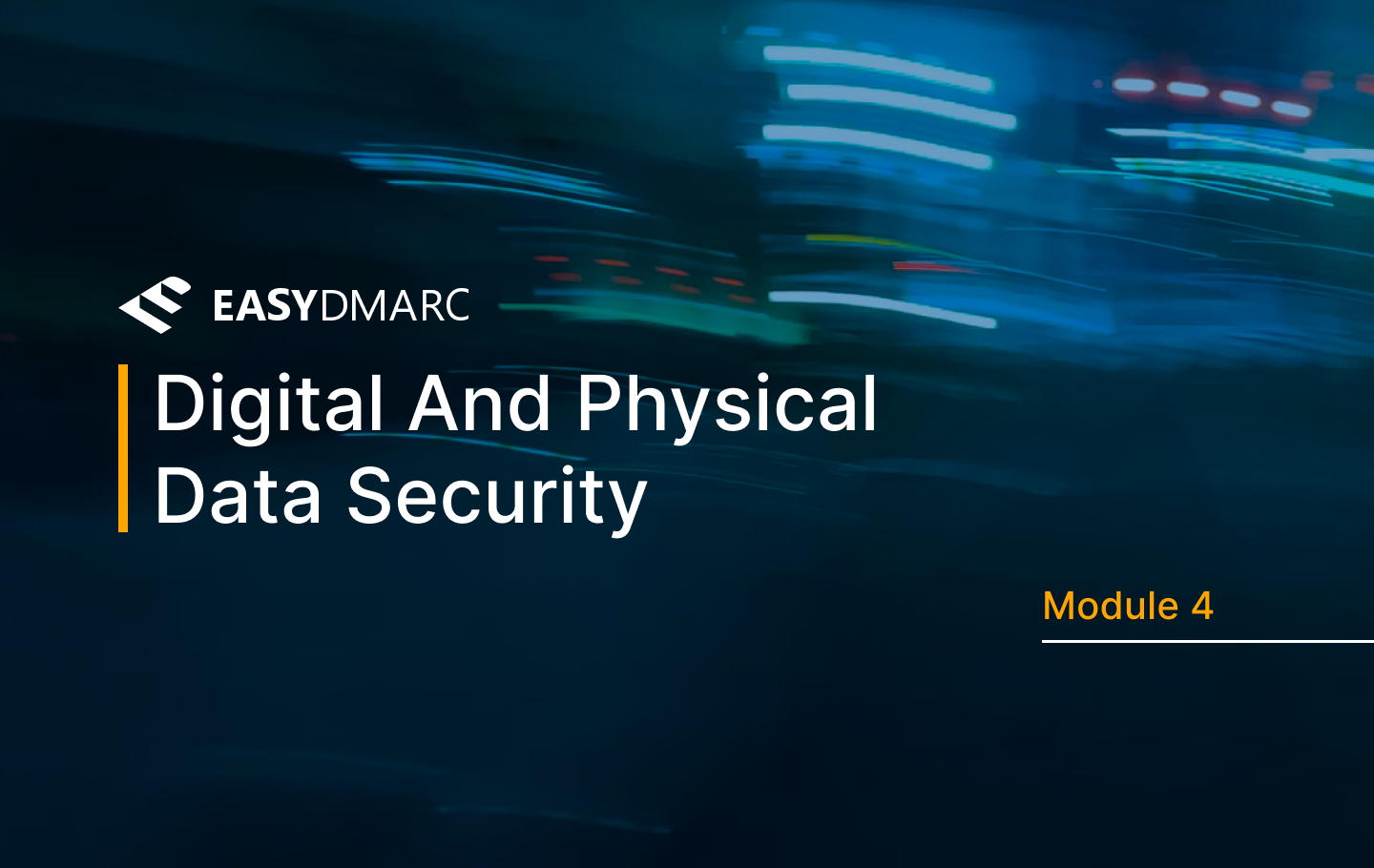What is device encryption and how does it work?
The process of scrambling data on the device and making it unreadable to anyone who doesn’t have a password or a recovery key is called device encryption. If your device encryption is turned on, the information on your device can only be accessed by users who’ve been authorized.
All devices contain some level of sensitive data, so it’s crucial to keep your information secure from hackers. If the device is encoded using an encryption algorithm, other people won’t be able to read it, if they manage to gain physical access. However, if your password is weak, it makes your device vulnerable, and the encryption won’t be of any help.
How to encrypt your devices?
Each device type has its own encryption method. Most smartphones have the encryption option in their settings, while desktop computers might need a specific application (such as BitLocker) installed. We suggest you talk to your IT manager before choosing any device encryption method.
The drawbacks of the device encryption
Although device encryption is often helpful, it also has some downsides.
- Forgetting your passwords for an encrypted device can cause permanent loss of access to your data.
- Enabled encryption usually slows down the performance of a device. This is undoubtedly something to think about, as it can be quite uncomfortable for busy people.
So, we suggest you only encrypt those files or devices that contain sensitive information.
Keep Your Physical Records and Workstations Safe
Physical security is fundamental to all security efforts. Without it, it’s far more difficult to protect other security systems. So, apart from securing your digital data, you need to be cautious about all types of physical documents and workstations.
We’ve sorted out eight main ways that are proven to help you safeguard your physical records and workstations.
- It’s vital to utilize a lock to the filing cabinets and workstations that contain any type of confidential information. This way you’ll be certain that only those who are allowed to access the cabinet’s contents can do so. Also, it will decrease the risk of a physical data breach. The same refers to the office door when the workday is over.
- Don’t leave any important documents on your desk and workstation, when you are out of the office.
- Whenever you intend to throw away documents to the recycle bin, shred the confidential files first so that it doesn’t fall into the wrong hands and become disastrous for your company.
- Shoulder surfing is an essential part of physical security. Arrange computer screens, whiteboards, and files in a way so that unauthorized team members or other people aren’t able to see and read the contents of those documents.
- Never lend your ID and key to outsiders or even your colleagues. Be cautious about escorting outsiders and guests into the building. If anyone needs to enter the building, suggest they talk with the guards.
- If you noticed that you lost your keys or IDs, then report immediately to the corresponding personnel.
Data and Material Destruction
This is indispensable for every business, as confidential information and document destruction help protect not only the company but its customers and partners. Many companies have an established document policy that includes the following requirements:
- Return each document to its owner.
- When you’re sure that the paper files and documents aren’t of any use anymore, shred them.
- Consider destroying data stored on electronic devices, such as hard drives.
Before disposing of any document, make sure that the latter may not be needed for a government investigation or lawsuit in the future. State and federal laws prohibit changing or destroying any files that can be useful for official proceedings. Also, we suggest you learn about your company’s policies about document retention before destroying anything.
Final Thoughts
In these four modules, we have presented the main basic steps you can take to secure your data and devices. Start using our tips today to avoid data leakage tomorrow.
If you haven’t managed to read the previous three modules, then spare some ten minutes to learn about all the best practices for device and account protection.


